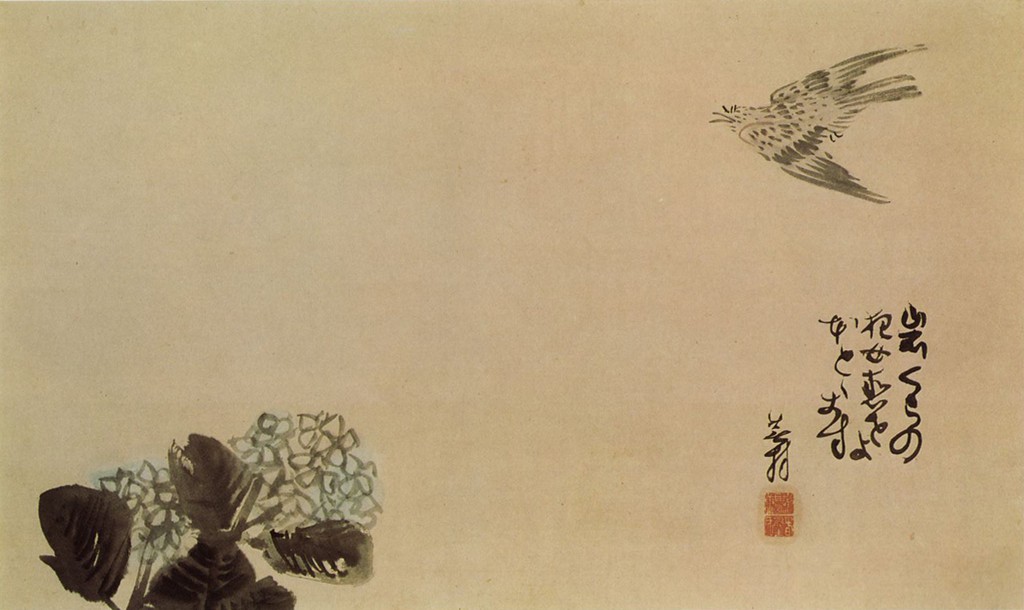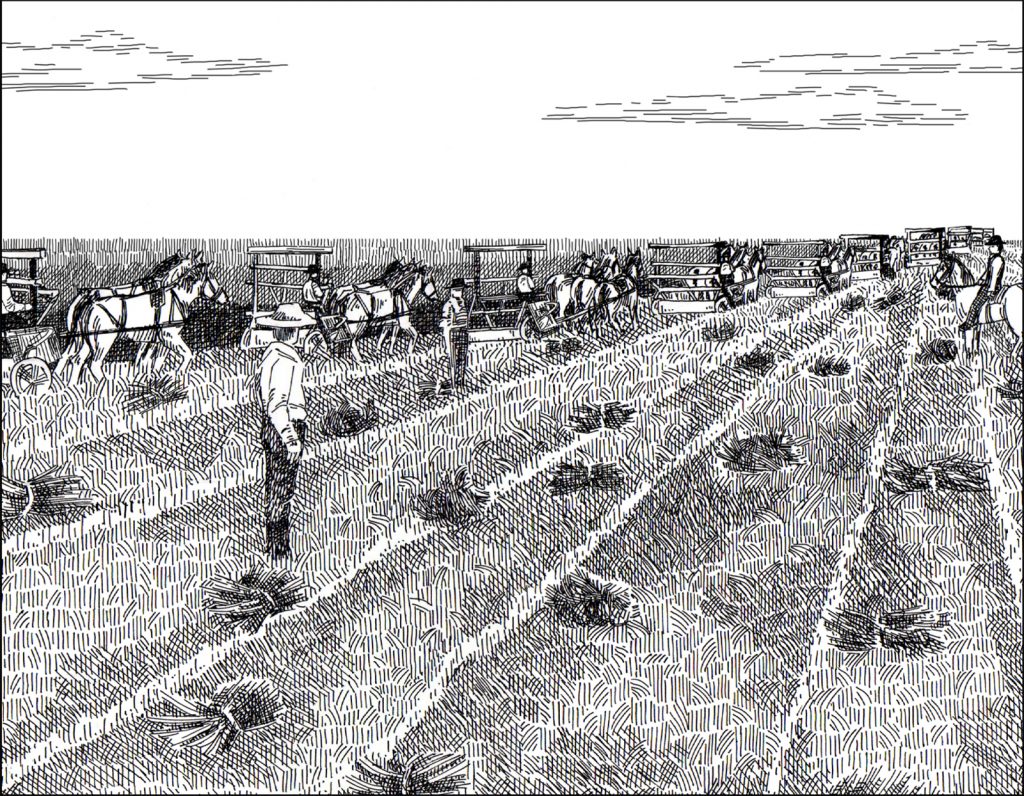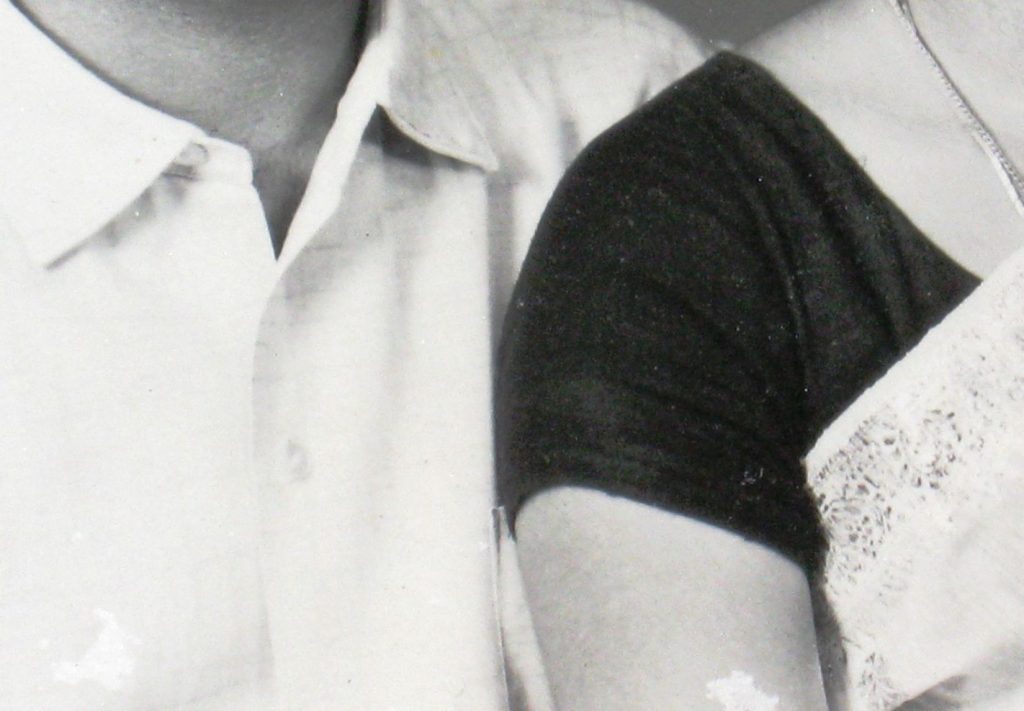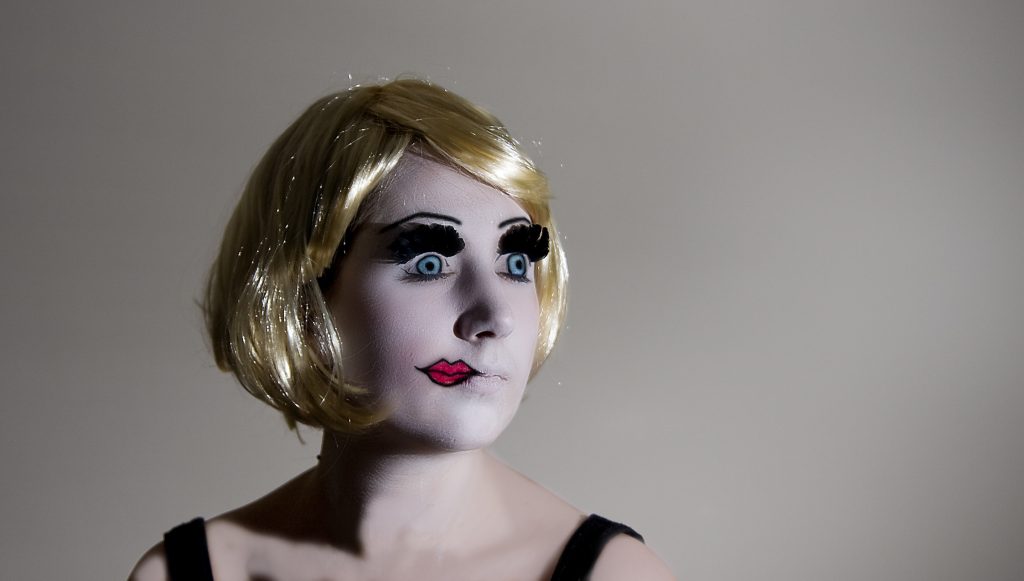Natsume Soseki’s short story, “Buncho,” first appeared in Michigan Quarterly Review’s Summer 2001 issue, along with translator Angela Yiu’s Preface, republished here as well.

A Preface to “Buncho”
Natsume Soseki (1867-1916) wrote a number of zuihitsu (literary essays) about his pets, of which “Buncho” (1909) is the most delicately crafted. It is the story of a caged bird that was brought to the writer as a companion in his lonely study, but which in the end died of neglect, despite the initial attention it received. Along with Neko no haka (The cat’s tomb, 1909), and the stories of Hector the dog as well as the two nameless cats in Garasudo no naka (Within the glass doors, 1915), “Buncho” addresses the themes of loneliness, abandonment, unexpressed love, betrayal, and regret found in almost all of Soseki’s major novels. The buncho’s tomb is the first of a series of tombs that the writer and his daughters erect for domestic animals whose existence is keenly felt only after their deaths. The silent passing of a bird in its cage becomes a harsh accusation rising out of the author’s own sadness and guilt: a man and his family and servants have conspired to allow this gentle, dependent life to suffer and die, a burden of tiny death that seems to repeat and enlarge itself until it assumes unbearable heaviness in the bleak world of Kokoro (1914) and Michikusa (1915), other writings about the aftermath of betrayal of trust and innocence.
In character with many of Soseki’s zuihitsu, “Buncho” mixes facts with fiction and combines the features of an essay, a diary, and a fictional narrative. To Soseki these different forms of writing are not mutually exclusive genres but different values in a spectrum. While Miekichi and Toyotaka are real names of Soseki followers, and the writer persona is largely self-referential, the woman compared to the buncho is part of an added fable of fleeting love, and there is a strong touch of fictional embellishment in the portrayal of real-life characters through the use of dialogues, though these dialogues are embedded in a text that seems to be composed of the solitary reflections of the personal essay. Central to the text is the flow and rhythm of daily life; the author uses a form that resembles the diary to capture a ceaseless repetition that finally engulfs the fates of the buncho and other “helpless creatures” (the two women). The diary-like aspect of the text liberates the author from the task of constructing a beginning, middle, and end for the dramatic life of characters, and allows him instead to set down simple vignettes relevant to the central image of the buncho and its fate.
A few words of explanation are necessary to clarify certain images in the text. The buncho’s veranda (engawa) is enclosed by sliding glass doors to allow the sun in and keep the cold out; this veranda extends around two sides of the house and beyond, providing an area for the writer to exercise after lunch. Soseki apparently spent a significant amount of time writing within the glass doors in his last years.
The obiage (sash bustle) with which the writer supposedly teases the woman in section 5 is a kimono accessory usually understood to be a long, thin piece of fabric (about thirty centimeters by a hundred and thirty centimeters) that is tied and knotted in a certain way to support the puffed-out bow at the back of the wearer’s obi. Since the obiage does not normally end in the tuft (fusa) so functional in the text, it is likely that the writer uses an obijime (sash band) rather than an obiage in this prank of memory or fancy. I have taken the liberty to use “sash band” in the translation.
The doll emperor in section 7 refers to the display of the doll emperor and empress as well as their numerous attendants on tier stands on the occasion of the Feast of Dolls (Hina matsuri) in March.
The buncho bird of the story (Padda oryzivora) belongs to the sparrow family and measures about thirteen centimeters in length. The kind of buncho with gray body, white cheeks, and black head, tail, and wing tips originates from Java or Bali and is called Java sparrow. The pure white buncho with a faint red beak and feet featured in Soseki’s text is Japan-bred and known in English as the Japanese rice sparrow.
–Angela Yiu, translator
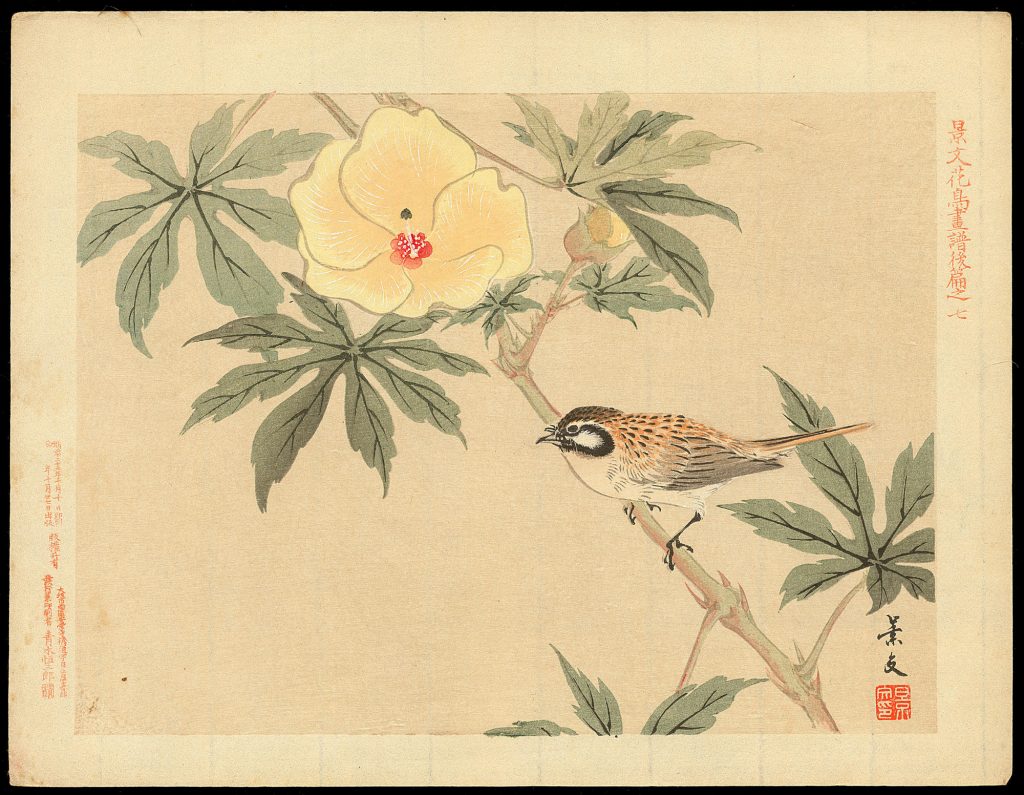
I had moved to Waseda in October. As I sat alone in my austere study, smug face supported in my hand, Miekichi came along and said, Why don’t you keep a bird? I suppose I could, I answered. Just to be sure, I asked what kind of bird, and he said buncho.
Since buncho had qualified for an appearance in Miekichi’s novel, I assumed they were beautiful birds. Well then, I said, go ahead and buy one for me. But Miekichi kept on repeating himself, insisting that I just had to keep a buncho. Fine, fine, I’ll buy one, I’ll buy one, I said, and while I was muttering this, still with chin in hand, Miekichi finally shut up. He’d had enough of me with my chin in my hand—this was my observation at the time.
But after a few minutes he started in again, now telling me to buy a cage. That’s fine too, I said, whereupon Miekichi began his lecture on birdcages, to replace the former advocacy on behalf of buying a bird. The lecture was very involved; I regret to say that I have forgotten the lot of it, except for the part about a good cage costing twenty yen, the place where I interrupted with, Wouldn’t a cheaper one work just as well? and Miekichi grinned.
When I asked him where on earth I could buy a buncho, he gave the truly banal answer that any bird shop would do. When I asked, What about the cage? he responded expansively, vaguely—Oh, the cage, yes, the cage you can get at that certain place, where was that now?—as though he was about to take hold of a cloud. Making a face as though displeased, I said, If you don’t know where the place is, we’re lost, causing him to bring his hand to his cheek and say, I heard there was this famous maker of birdcages in Komagome, but he was already an old man, so he might be dead by now. With this Miekichi seemed to become rather forlorn.
In any case, it is a matter of course that the one who brings up a subject be made responsible for it, so I decided immediately to rely on Miekichi for everything. Well then, give me some money right away, he said, and I did produce some money. In the recesses of his kimono Miekichi carried a silk wallet folded in three that he had bought somewhere or other, and had the habit of inserting all money into it, whether the money was his own or someone else’s. I did witness Miekichi stuffing the five-yen note into the depths of that wallet.
In this way the money fell into Miekichi’s hands. Yet the bird and the cage were not come by easily.
Meanwhile, there was a balmy spell in autumn. Miekichi came many times. He and I would talk of women and the like and then he would go home. There was no mention of the buncho and cage. The sun shone through the glass doors and filled the meter-and-a-half-wide veranda with light. I imagined that if I were to keep a buncho after all, how beautifully the bird would sing if I placed its cage on this veranda in such a warm season.
According to Miekichi’s novel, the buncho sang chiyo chiyo. Apparently, he was rather fond of the sound and used chiyo chiyo any number of times in his work. Or perhaps he was in love with a woman called Chiyo. But he said nothing about that. Nor did I ask. It was just that the sun shone brightly on the veranda. And there was no buncho singing.
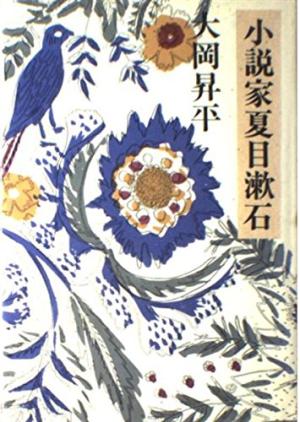
In the meantime, frost had settled. I passed each day in the austere study, arranging my chilled face into composure one day and perturbation the next, as I sat there, sometimes with my chin in my hand and sometimes not. The doors were doubly closed up. The hibachi was consuming plenty of charcoal. The buncho was at last forgotten.
It was at this point that Miekichi came breezing through the front gate. The time was early evening. Because of the cold I had been holding the upper part of my body out over the hibachi in order to warm my gloomy face, when all of a sudden the place became lively. Miekichi was followed by Toyotaka—this Toyotaka a fine nuisance. The two of them were carrying a birdcage each. Miekichi was also carrying a large box, being the senior of the two. Thus, on an evening in early winter, my five-yen note turned into a buncho, a pair of cages, and a box.
Miekichi was very pleased with himself. Take a look, he said. Bring the lamp over here, Toyotaka, he said. The tip of his nose was turning purplish from the cold.
The principal cage was indeed a respectable one. The base was lacquered. The bamboo bars had been finely shaved down and painted. Miekichi said: Three yen. Wasn’t that a bargain, Toyotaka? It was indeed, Toyotaka answered. As for me, I couldn’t tell whether it was a bargain or not, but nevertheless I said, Well, quite a bargain. Miekichi: I’ve heard that a real good cage could cost you twenty yen. This was his second mention of the sum of twenty yen. Of course his two were a bargain compared to twenty-yen cages.
Sensei, if you place this cage in the sun, the black tinge in the lacquer will eventually disappear and the red will show even more, Miekichi explained eagerly. He added that the bamboo had been well-boiled so everything was all right. What do you mean all right? I asked. What’s all right?
Just look at the bird, he said. Isn’t it beautiful?
It was indeed beautiful. The cage had been placed in the adjoining room so I viewed the buncho from slightly over a meter away. It did not stir. In the gloom it looked pure white. It was of such whiteness that if it weren’t crouching in the cage I wouldn’t have thought it a bird at all. It seemed cold.
The bird must be cold, I said. That’s why we had a box made, Miekichi said. At night, you put the cage in this box, he said. But why are there two cages? I asked. Sometimes you put the bird in the simpler cage and let it take a bath, he said. Just as I had begun to realize that this business was going to be troublesome, Miekichi advised that bird droppings would dirty the cage, so I should clean it from time to time. Miekichi was something of a hard-liner when it came to the buncho.
As soon as I agreed to take the bird under my charge, Miekichi produced a bag of millet from his sleeve. You have to give this to the bird every morning, he said. If you are not changing the feed, at least remove the feed bowl and blow out the husks. If you don’t do this, the buncho will have to search out the grains of millet one by one. Change the water every morning, too. Since you are given to sleeping late, this regimen may do you some good. Miekichi’s consideration for the buncho was extraordinary indeed; accordingly, I agreed to all of the instructions. Thereupon Toyotaka produced a feed bowl and water container and ceremoniously placed these in front of me. I could feel the pressure to perform that well-laid plans inevitably brought to bear, and knew now that duty obligated me to take charge of the buncho. Inwardly I still had my doubts, but the decision had been made that at the least I would give this a try. If I were unable to perform what was necessary, someone at home would take care of things, somehow…

Read the rest of Natsume Soseki’s story “Buncho,” here, in our Archives.

